Surface Book vs. Razer Blade 14: Why I don't regret switching to Team Razer
Since the Surface RT, I've been a huge fan of the brand, build quality and usability of Microsoft's PC device line.
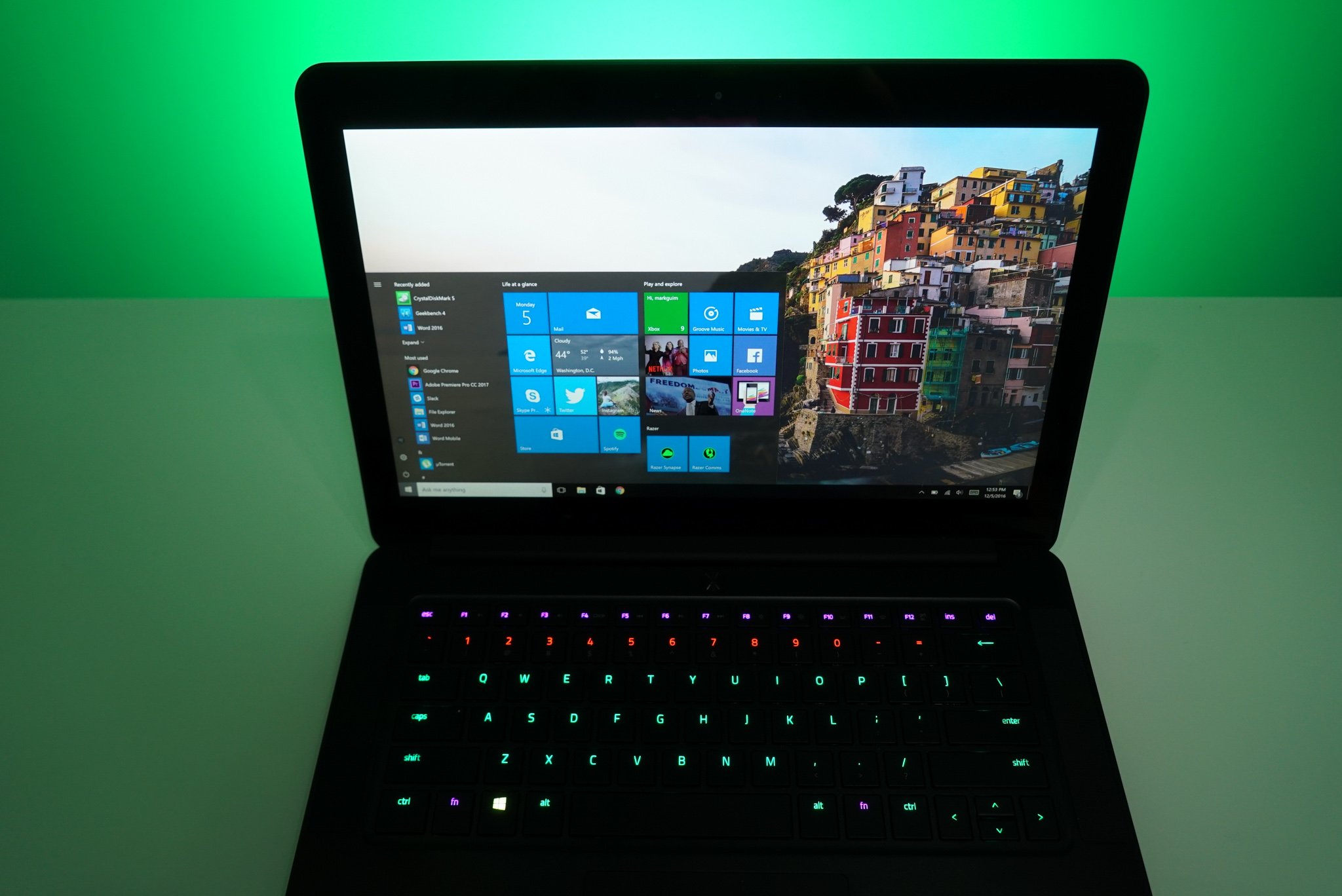
From the ashes of Windows RT rose a generation of convertible PCs, from HP, Dell, and Microsoft itself, with its increasingly popular Surface line.
I've written about my Surface usage before, journeying from light vector design and web development on my Surface Pro 1 and 2, up to light video editing and blogging on my Surface Pro 3. After seeing Daniel Rubino's Surface Book at a meeting once, I instantly fell in love, and switched over to that form factor, my first real foray with a "real" laptop device.
However, as my aspirations and responsibilities grew, it increasingly became apparent that the Surface Book simply wasn't powerful enough for large video editing projects, live broadcasting, and even high-intensity multi-tasking. I've now switched to a Razer Blade, and haven't once looked back.
Who is the Surface Book really for?
You might think it's a bit of an odd comparison to make, between the Surface Book and the Razer Blade, and you'd be right. Both devices are fundamentally different in their form factor, features, and target markets. It's also important to note that the Razer Blade I'm using has updated internals, sporting Intel's 7th generation Kaby Lake chipset, versus the Surface Book's 6th-gen Skylake chip. Even when you consider the recently refreshed Surface Book with Performance Base, the 'Book is due for a deeper update.
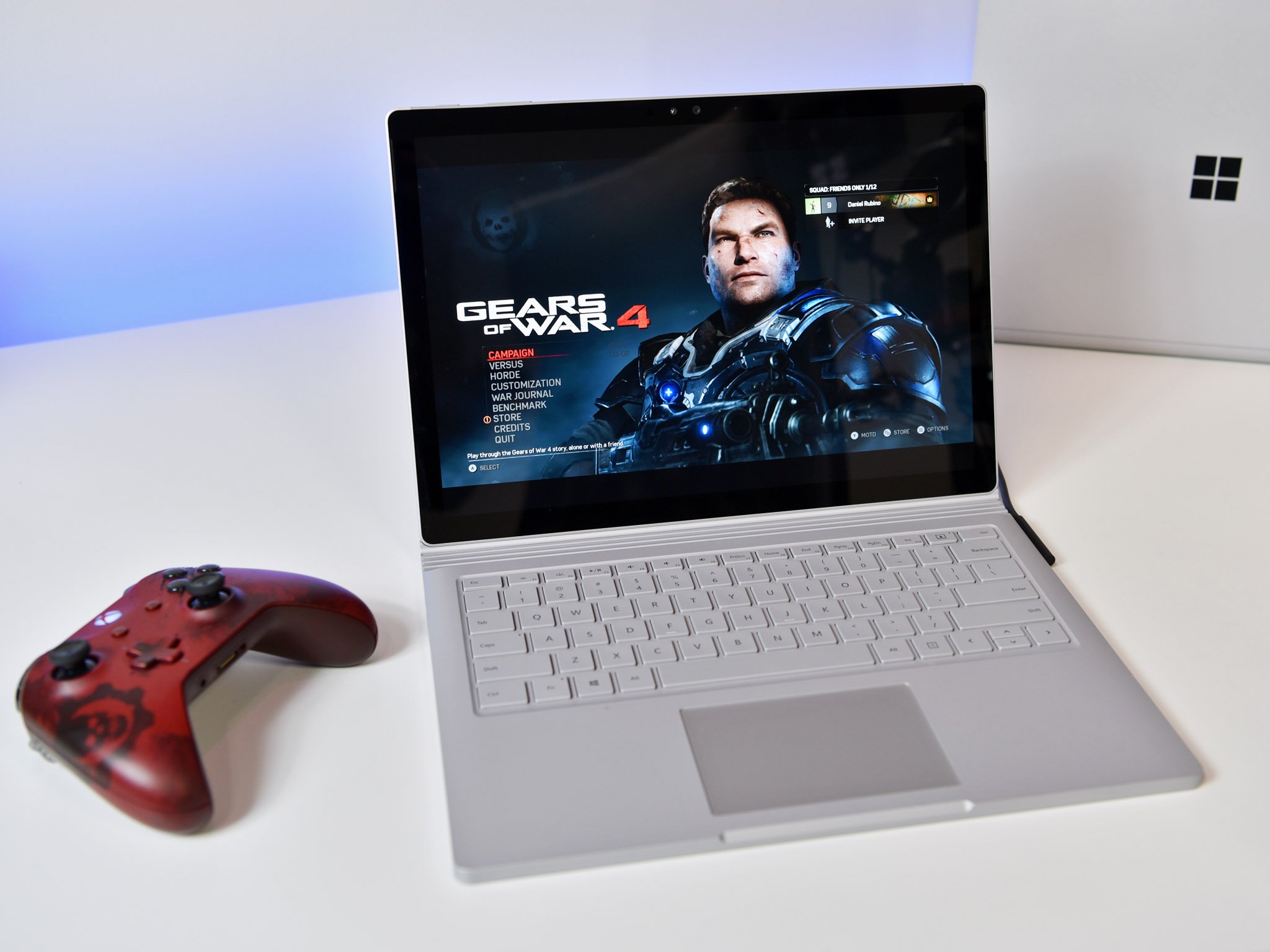
Naturally, Razer is a gaming brand through and through, but increasingly, professionals of all walks of life are looking into the Razer line, for their build quality, mobility, and their high-concentration of powerful internals. In the Surface Book's reveal, Microsoft also stressed these features, showing off Adobe CC, and even Gears of War Ultimate Edition to demonstrate its graphical chops. I feel at least, superficially (and financially), the Surface Book and Razer Blade have some overlap.
I feel at least, superficially (and financially), the Surface Book and Razer Blade have some overlap.
The biggest point of divergence between my Razer Blade and Surface Book is the touch screen. My FHD Razer Blade doesn't have one, but even the touch-screen sporting QHD model lacks the Surface Book's capability to split into a tablet, flip into tent mode, and function as a drawing platform.
The Surface Book's physical versatility naturally trounces the Razer Blade, which uses a standard, non-detachable clamshell form factor. It has been fun flipping the Surface Book into tent mode to watch a movie on a plane, or laying it out flat to make use of that gorgeous, pressure-sensitive inking display, but I simply don't do these things often enough.
Get the Windows Central Newsletter
All the latest news, reviews, and guides for Windows and Xbox diehards.
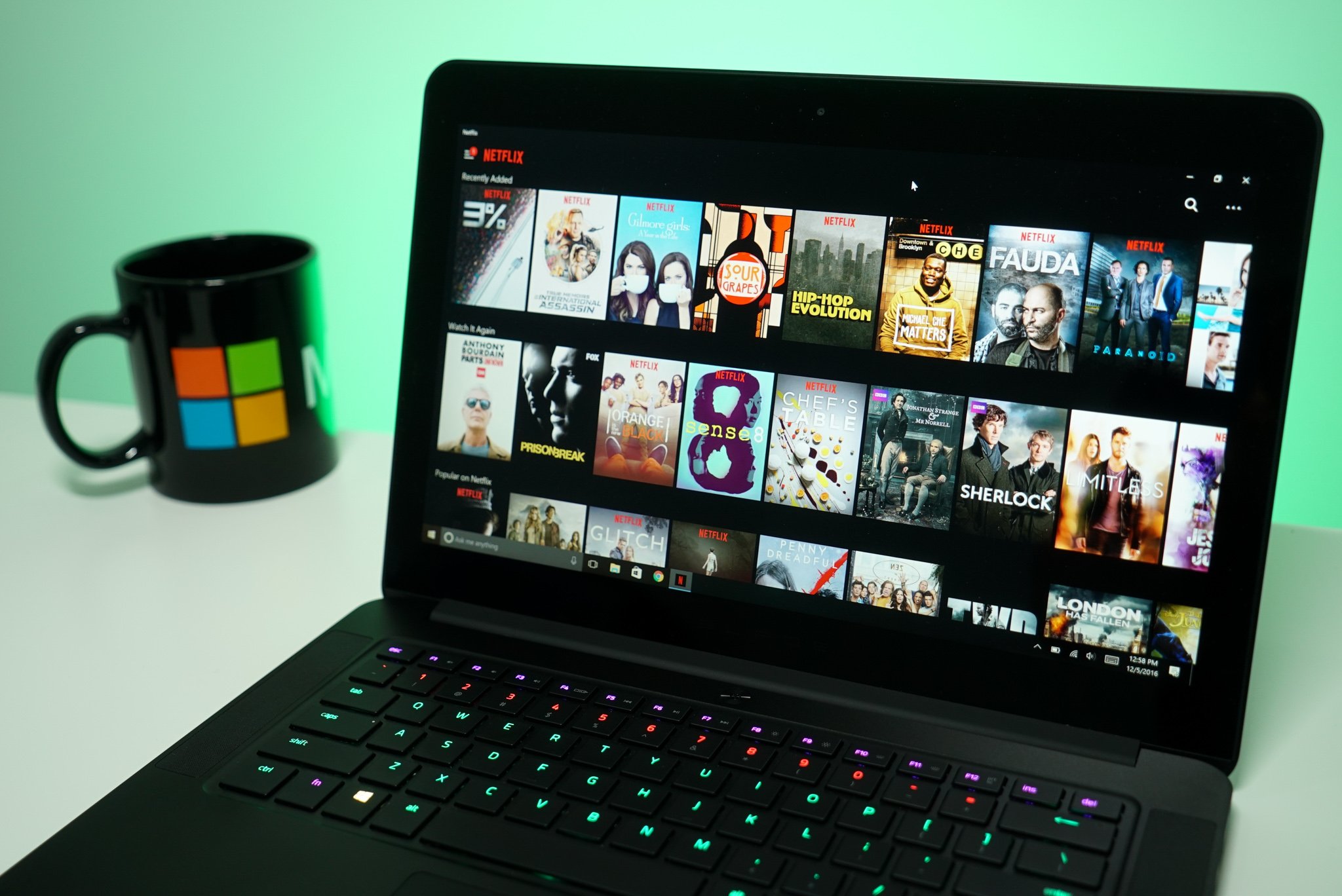
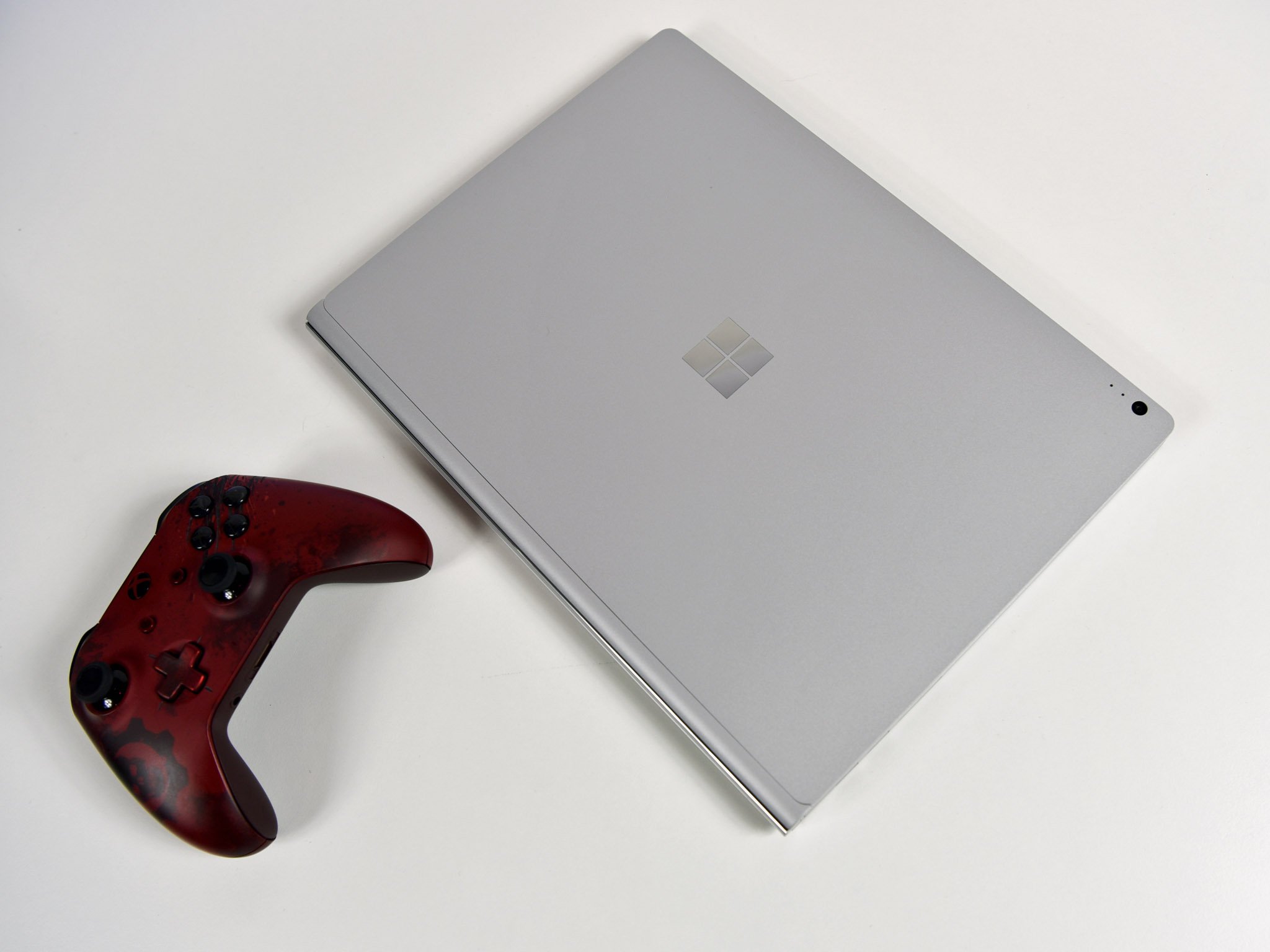
Given the Razer Blade and Surface Book's comparable price point, I think it's safe to say that the only real benefit you will get from choosing the Surface Book over the 'Blade is the inking capabilities. I love drawing, but I simply don't have as much time to commit to it as I'd like, which neuters one of the Surface Book's core differentiators for me.
If you're not a digital artist, either professionally or as a hobby, the Surface Book simply isn't worth the price of admission. There are plenty of more powerful, and often cheaper, options out there that will offer way more bang for your buck. And even then, I could purchase a USB drawing tablet to hook in to the Razer Blade if I did want to retrieve that functionality.
The Surface Book is second to none when it comes to build quality, but the gap is nowhere near as big as it used to be, and unless you're an artist, you're sacrificing a lot of power for modest gains. The Surface Book does beat the Razer Blade in other areas, however.
My Razer Blade vs. my Surface Book
There are various models of both Surface Book and Razer Blade. Both go up to 1TB storage, the Razer Blade also comes with a QHD option with a touch screen, and the Surface Book also has a Performance Base option with a beefier GPU and battery. But for the sake of this comparison, here are the specs I'm working with.
More: Razer Blade (2016) vs. Razer Blade (2017) in depth
| Category | Razer Blade (2017) | Surface Book (2015) |
|---|---|---|
| OS | Windows 10 | Windows 10 |
| Display size | 14-inches | 13.5-inches |
| Display resolution | 1920 x 1080 (non-touch) | 3000 x 2000 (touch) |
| Processor | Intel Core i7 (Kaby Lake) | Intel Core i7 (Skylake) |
| CPU Cores | Four | Two |
| Graphics | NVIDIA GTX 1060 | NVIDIA GTX 940MX |
| RAM | 16GB | 16GB |
| Storage | 512 GB | 512 GB |
| Battery | 70 Wh | 18 Wh + 51 Wh |
| Dimensions | 345mm x 235mm x 17.9mm (13.6in x 9.3in x 0.7in) | 232.1 mm x 312.3 mm x 22.8 mm (9.14 in x 12.30 in x 0.9 in) |
| Weight | 4.16lbs (1.89kg non-touch) | 3.4lbs (1.54kg) |
| Ports | 3x USB 3.0, USB-C Thunderbolt 3, HDMI | 1x USB 3.0, Mini Display Port, SD card slot |
| Price | From $2,099 | From $2,699 |
On displays
The Surface Book beats the Razer Blade for display, even though I do like the Razer Blade's anti-glare matte screen. Higher resolution and pixel density on the Surface Book will naturally beat out the Razer Blade, but I also feel like the peak brightness and colors are better on the Surface Book as well.
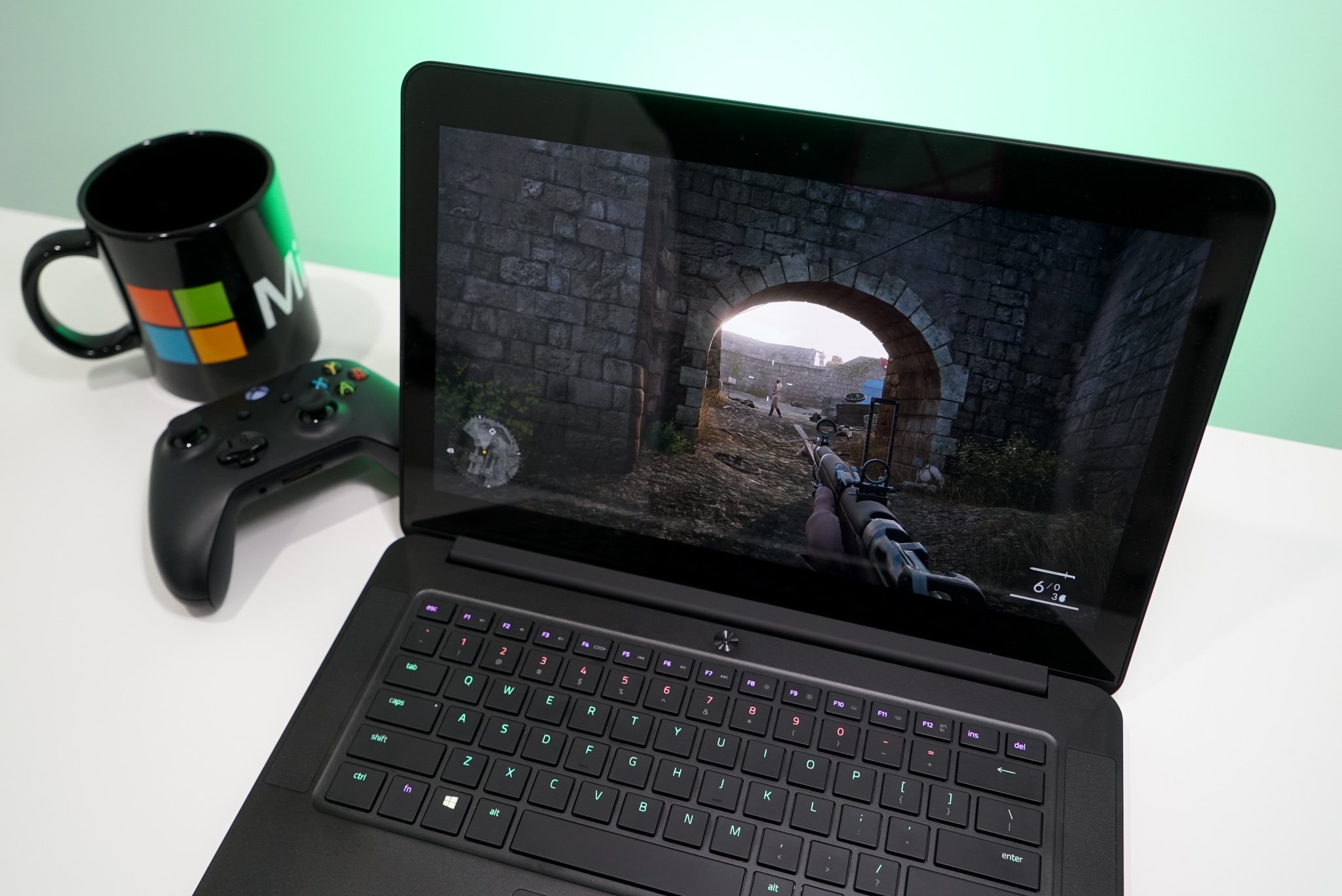
Daniel Rubino is a big fan of the Surface Book's 3:2 aspect ratio, but I find myself preferring the Razer Blade's 16:9. It's not often you can find games that support the Surface Book's aspect ratio naturally, and it's far nicer when videos fill up the entire display, I find. It's subjective, but it all matters when you're choosing a device.
I've seen a lot of criticism leveraged against the Razer Blade's bezels, which are quite a bit thicker than similar contemporary devices out there. Honestly, though, they don't really bother me. There's clearly work to be done here, but when you're immersed in work or play, you're not really looking at the edge of the screen. And I'll take a top-mounted webcam over the Dell XPS's low-angle solution any day.
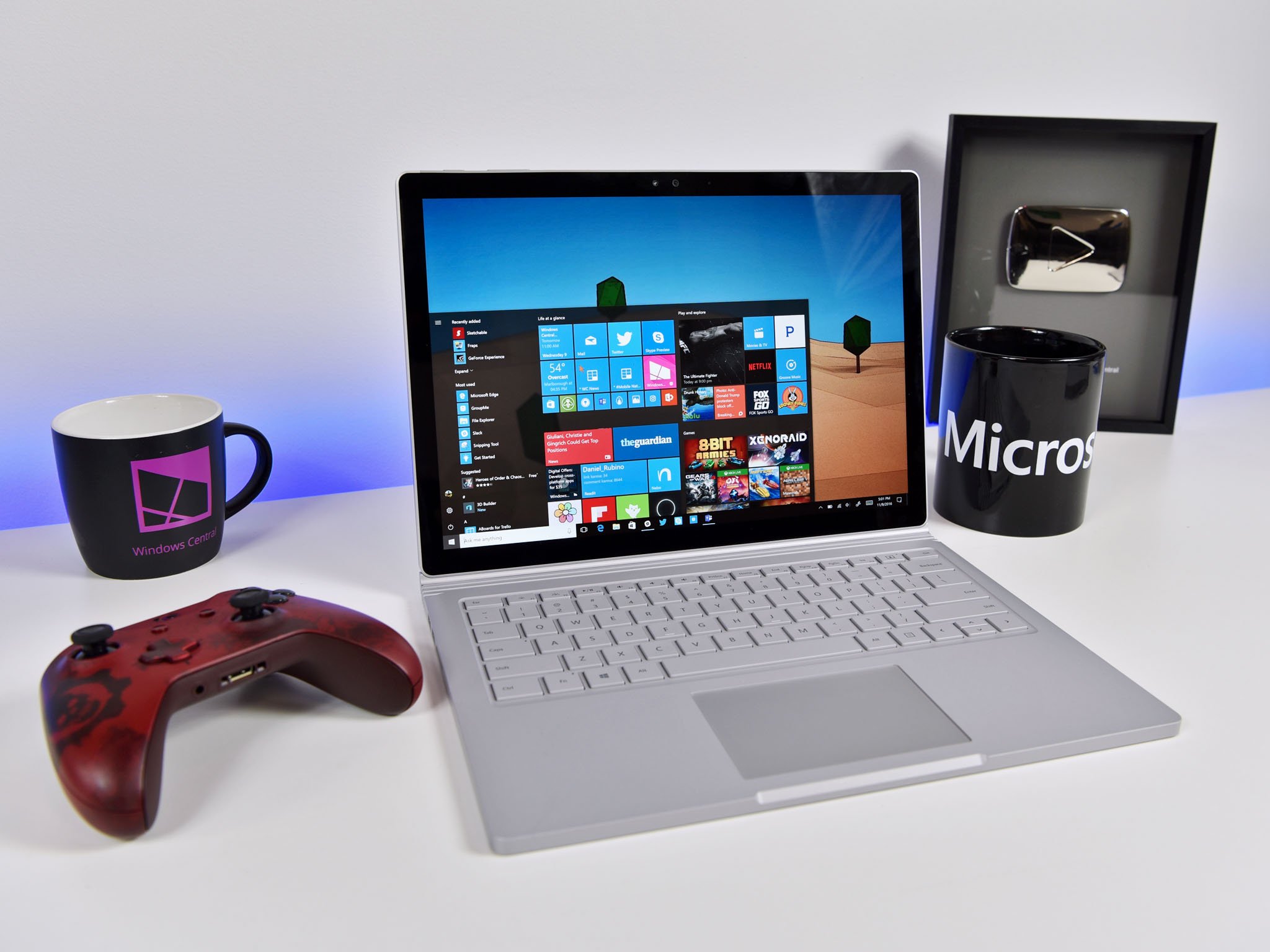
I do miss the ability to ink, though. Even though I didn't do it very often, I used to be a passionate sketcher. Hopefully, some kind of Surface Mini or Phone will arrive to scratch that itch in the future, but until then, I've put my pen in a drawer.
On power
This is just no contest. The Razer Blade obliterates the Surface Book into dust, owing to a beefy GTX 1060 GPU and a quad-core processor configuration. On paper, the Kaby Lake CPU only offers modest gains over the Surface Book's Skylake, but the delta between quad-core and dual-core cannot possibly be understated.
Even simple tasks like web browsing, launching programs, running several apps side-by-side, and general OS smoothness, the Razer Blade provides a far superior Windows experience than the Surface Book.
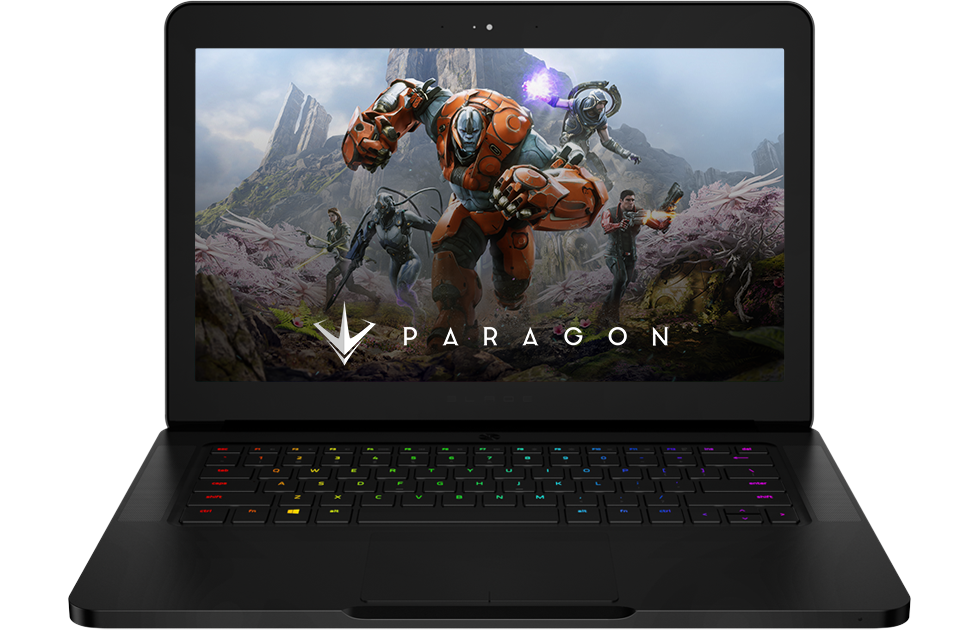
Editing and exporting 1080p video for our YouTube channel is a far more pleasant experience on the cheaper Razer Blade than it is on the Surface Book. Adobe Premier CC runs far smoother, and I can still multi-task across other programs without worrying about how it will impact my project. Timeline playback was often very laggy on my Surface Book, but it's not the case on my Razer Blade, which makes work tasks far more efficient and speedy. All those extra minutes add up fast.
The Surface Book was never marketed as a gaming device, but it should be obvious which device is better for play. The GTX 1060 not only puts the Razer Blade far ahead of the Surface Book's 940MX, but it's also VR and Windows Mixed Reality ready, giving it a degree of future-proofing. You can play all modern games on the Razer Blade, and if the games are well optimized, they'll also look and run better than on the PS4 and Xbox One as well.
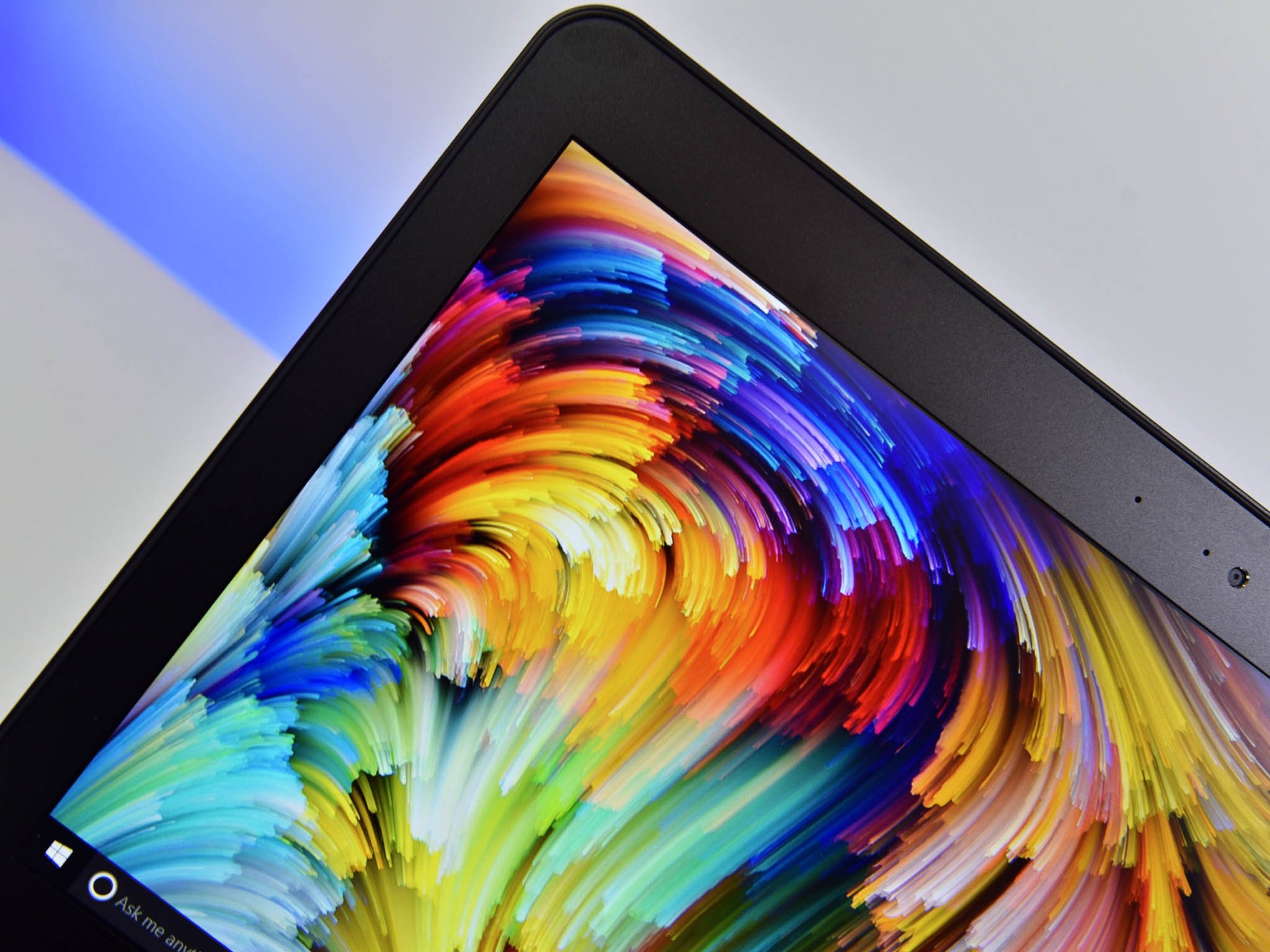
Despite the Razer Blade being listed with a higher capacity battery, I have found the Surface Book generally outlasts it. This is with both Windows' battery saver turned on, and with Razer Synaptics software set to power saving mode. The Surface Book in low-power mode will generally give me around 8-10 hours of battery life, which is amazing if you tend to move around a lot. The Blade on the other hand gives me around 5-6, which represents the biggest trade-off for those beefy internals.
On features
The Surface Book holds its own in a few areas, of course. I've already talked about inking, and the Surface Book's 2-in-1 versatility, but both of these (at least for me) are infrequent situational benefits that don't edge the Razer Blade's more traditional clamshell format. However, the Surface Book and Razer Blade both have trade offs and different design choices worth highlighting.
Even if you went for the touch-screen option with the QHD Razer Blade model, if you wanted inking, you'd need to buy an external USB tablet. Professional artists often seem to prefer this input method anyway, but I prefer the experience of putting pen to screen, instantly seeing my pencil strokes.
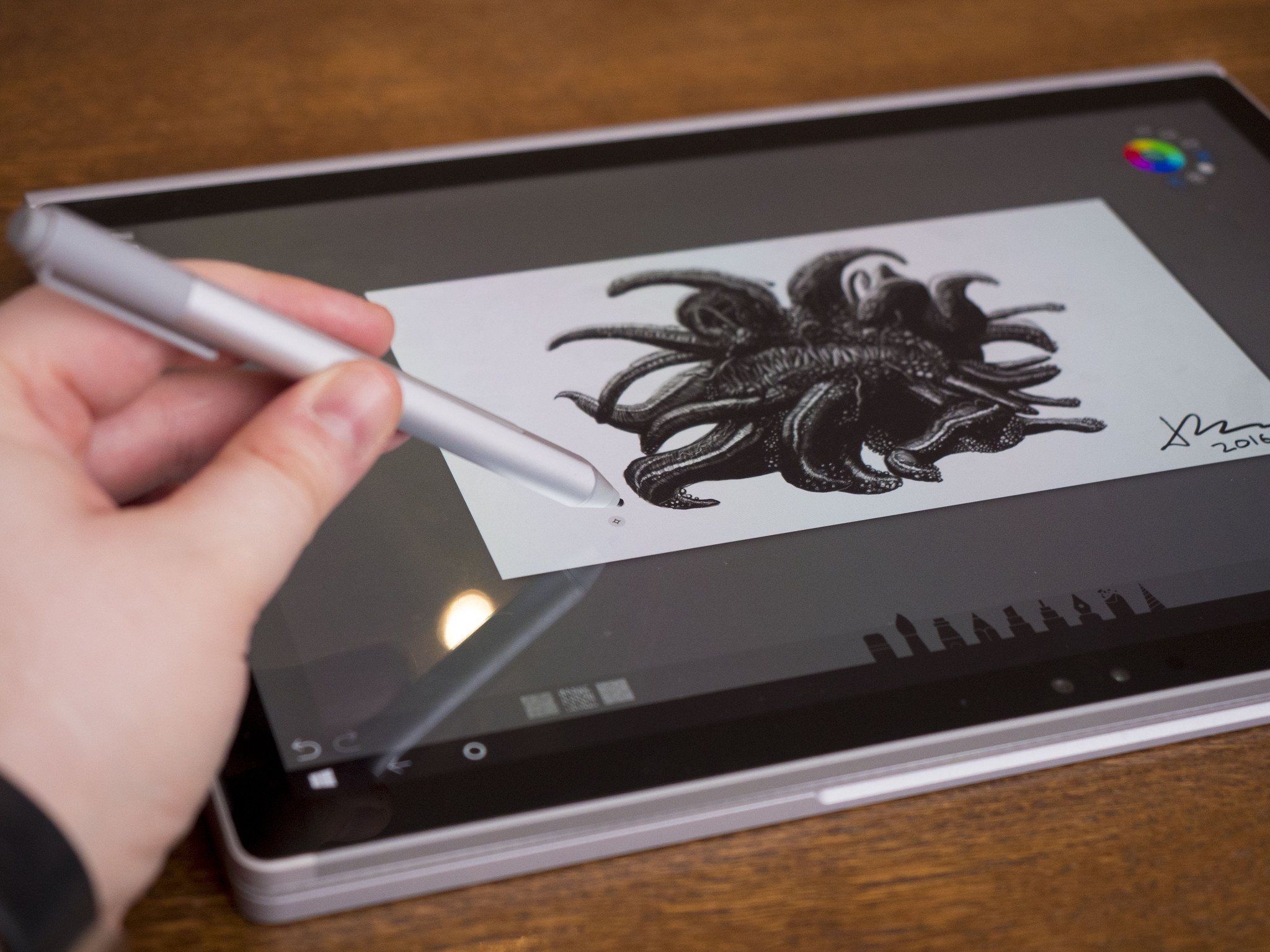
Additionally, the Surface Book has a full SD card slot, while the Razer Blade doesn't. This is where I wish the Razer Blade had figured out a way to add one in, as someone who takes a lot of photographs, but it's easily solved with a USB adapter.
Speaking of adapters, this is one aspect that truly shines on the Razer Blade. The Razer Blade comes with a USB-C + Thunderbolt 3 port, another wonderful forward-facing design choice that opens up versatility we might not get in the Surface line until the next generation.
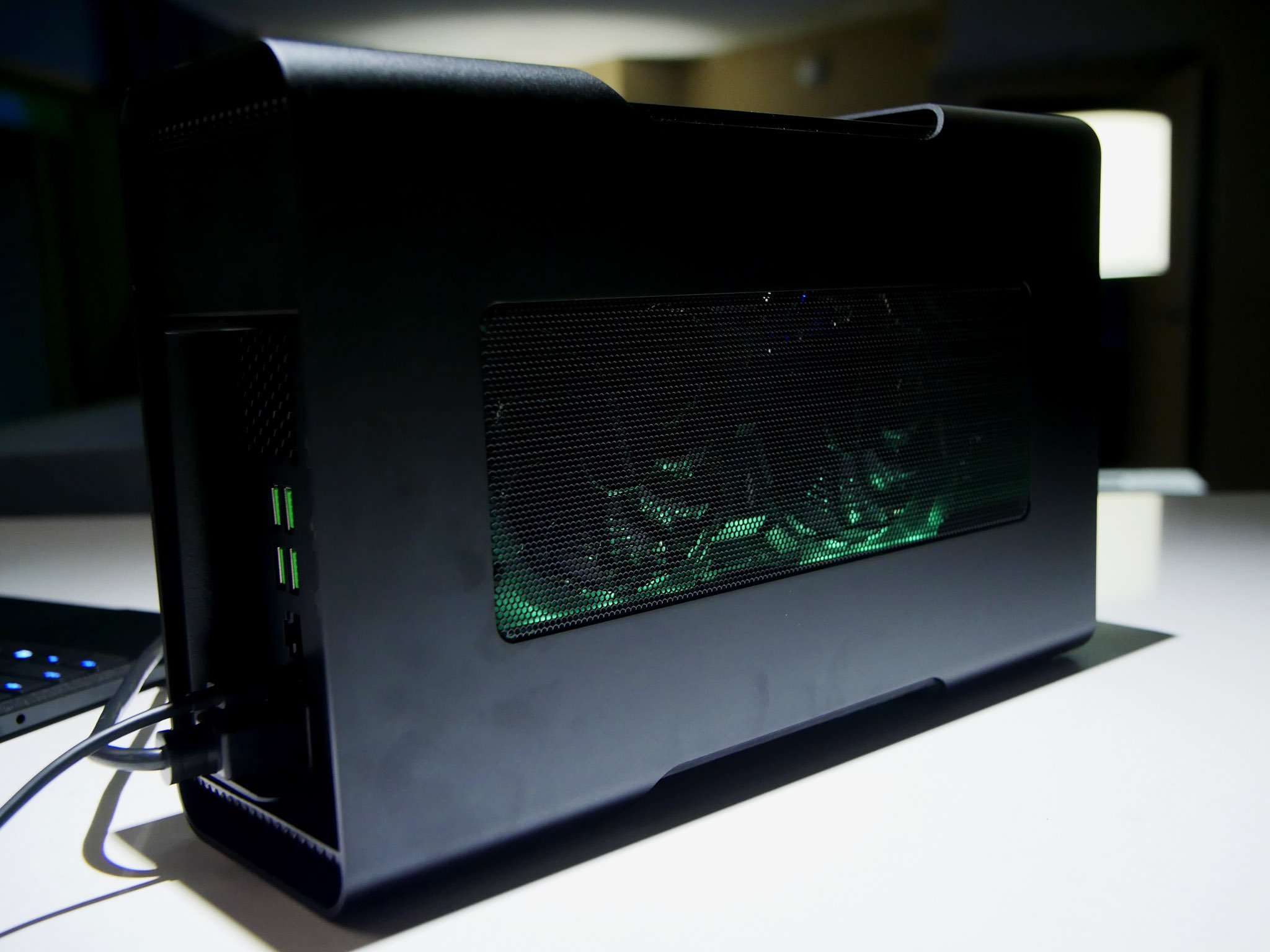
In theory, I could strap in a Razer Core and a GTX 1080ti GPU to transform this laptop into a beastly gaming PC, leveraging the 40GB of data transfer provided by the Thunderbolt port. You have to expect that the Surface Book 2 or Surface Pro 5 will also sport this functionality, but as of writing, none of them do.
On quality and design
When it comes to build quality, design, and materials, there are some important considerations to make. The Surface Book sports a metallic VaporMg chassis, while Razer opts for black machined aluminum. While I appreciate a black laptop aesthetically, in practice, the Blade is a fingerprint and dust magnet. You will be wiping this thing far, far more than the Surface Book, which is a tad annoying.
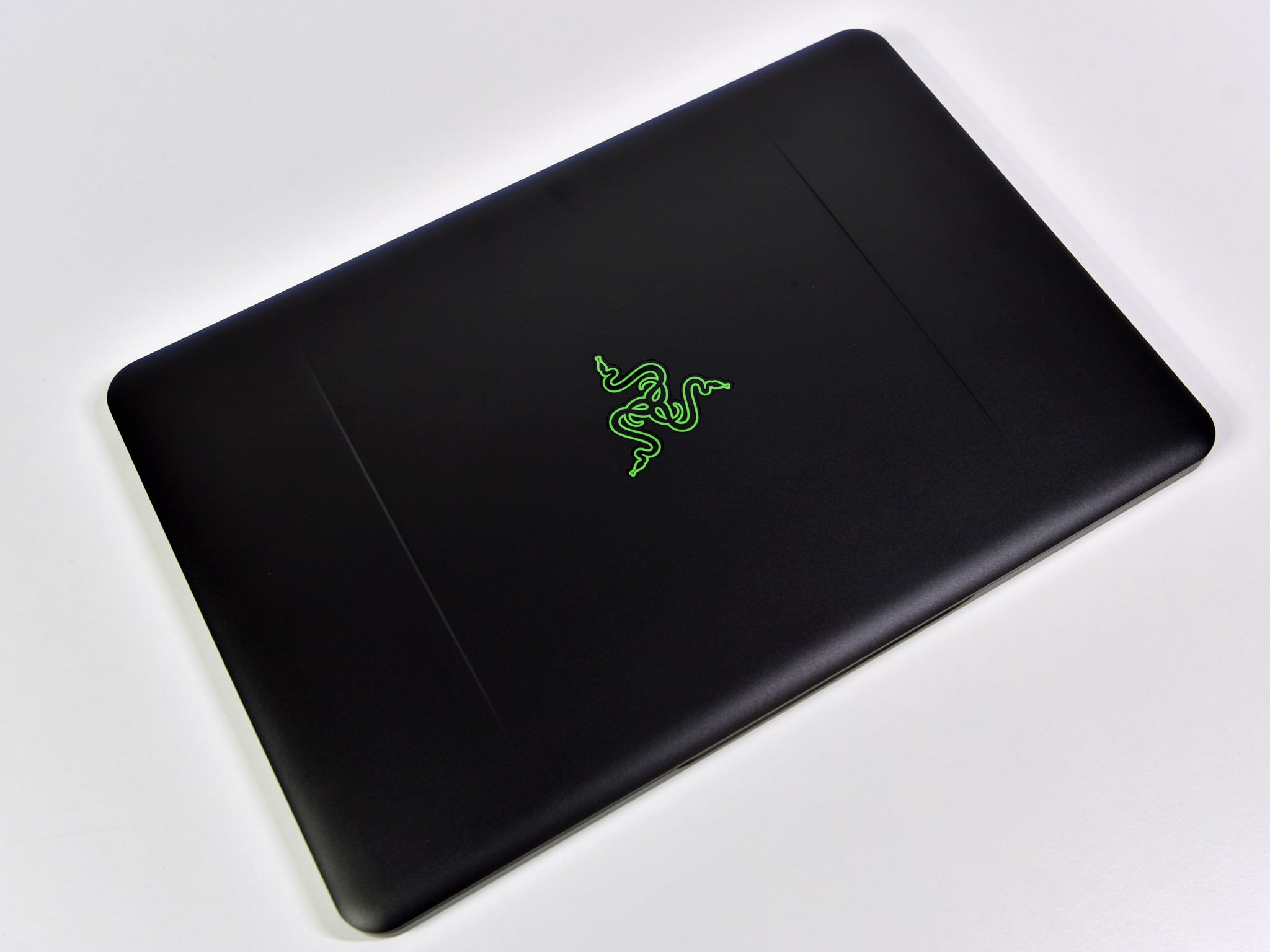
Both device feels incredibly solid, dense, and high-quality, sporting premium materials and design conventions that easily earn their place in this price bracket.
When it comes to dimensions and weight, the Blade is a little bulkier, but it's barely noticeable in practical terms. I also appreciate the fact I can open the Razer Blade with one hand, which beats the Surface Book's fulcrum hinge and notoriously wobbly 2-in-1 connector. Also the Razer Blade has far louder, far clearer speakers than the Surface Book, which is a boost for casual media consumption on the go.
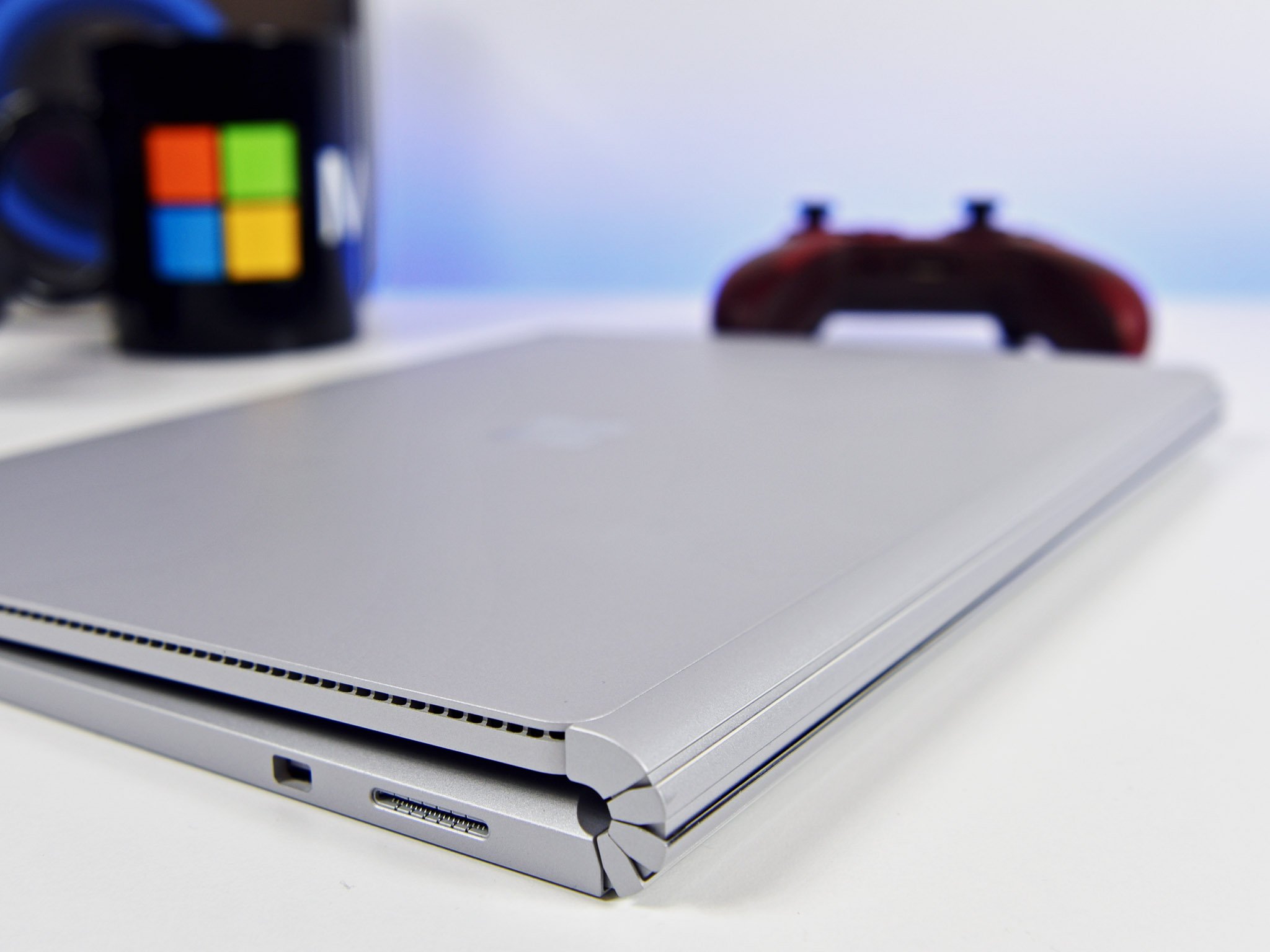
One area that the Surface Book has the Razer Blade firmly trounced is the trackpad. The Surface Book's precision pointer is just superior in every respect. I find myself accidentally palming the Razer Blade's trackpad far too frequently while typing, and the way the pointer accelerates and decelerates just feels awkward compared to the Surface Book's, even after several attempts at tweaking. Still, the Razer Blade's trackpad does the job, it simply isn't as good as Microsoft's own solution.
Final thoughts
Ultimately, the final decision will rest upon what you need these devices for, but I don't think anyone should be picking up at Surface Book at that price point unless they want the inking features.
I still love the Surface Book, but there are tons of devices out there that beat it on power and price point, and with the Razer Blade, even build quality is getting matched.
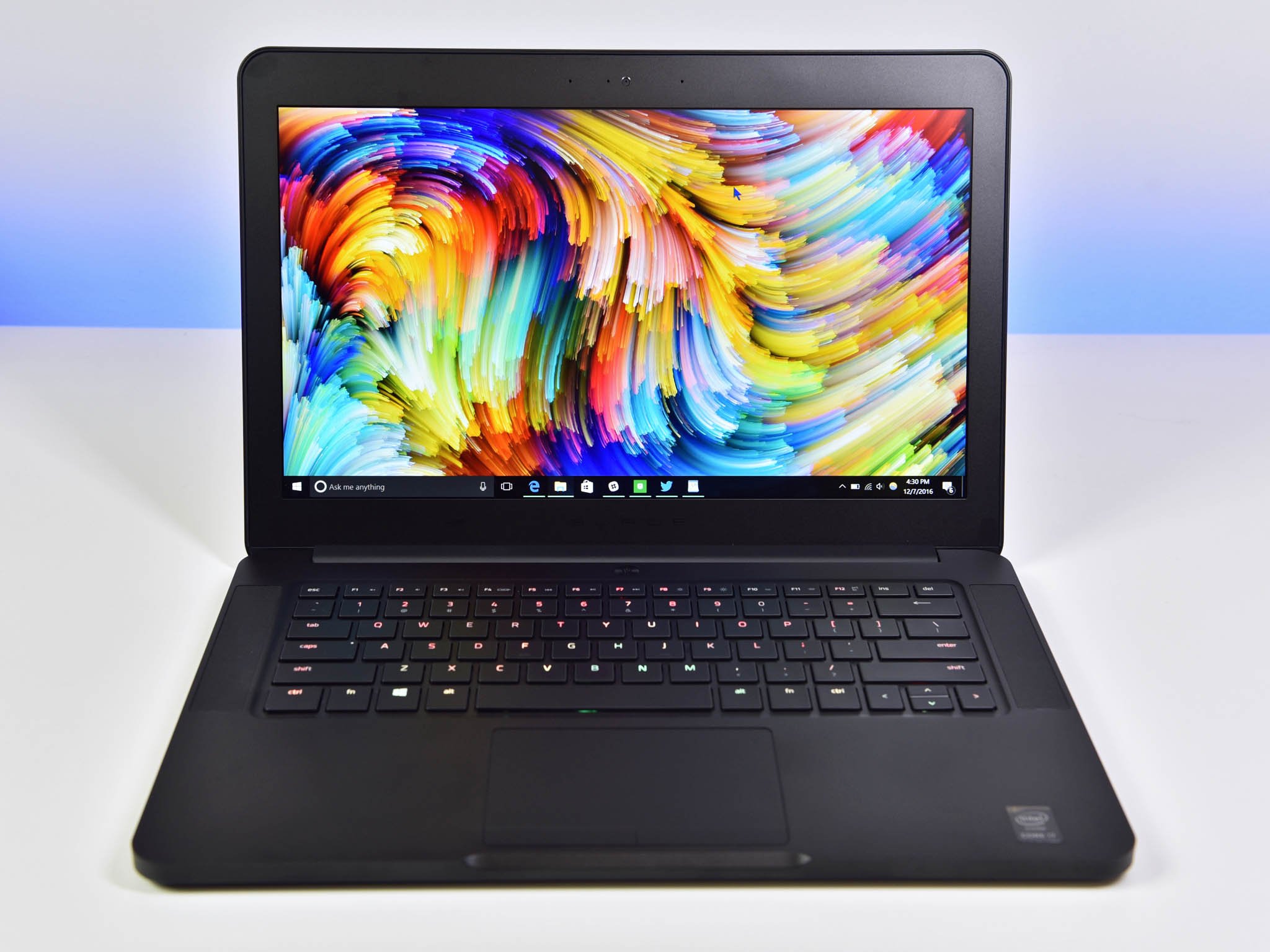
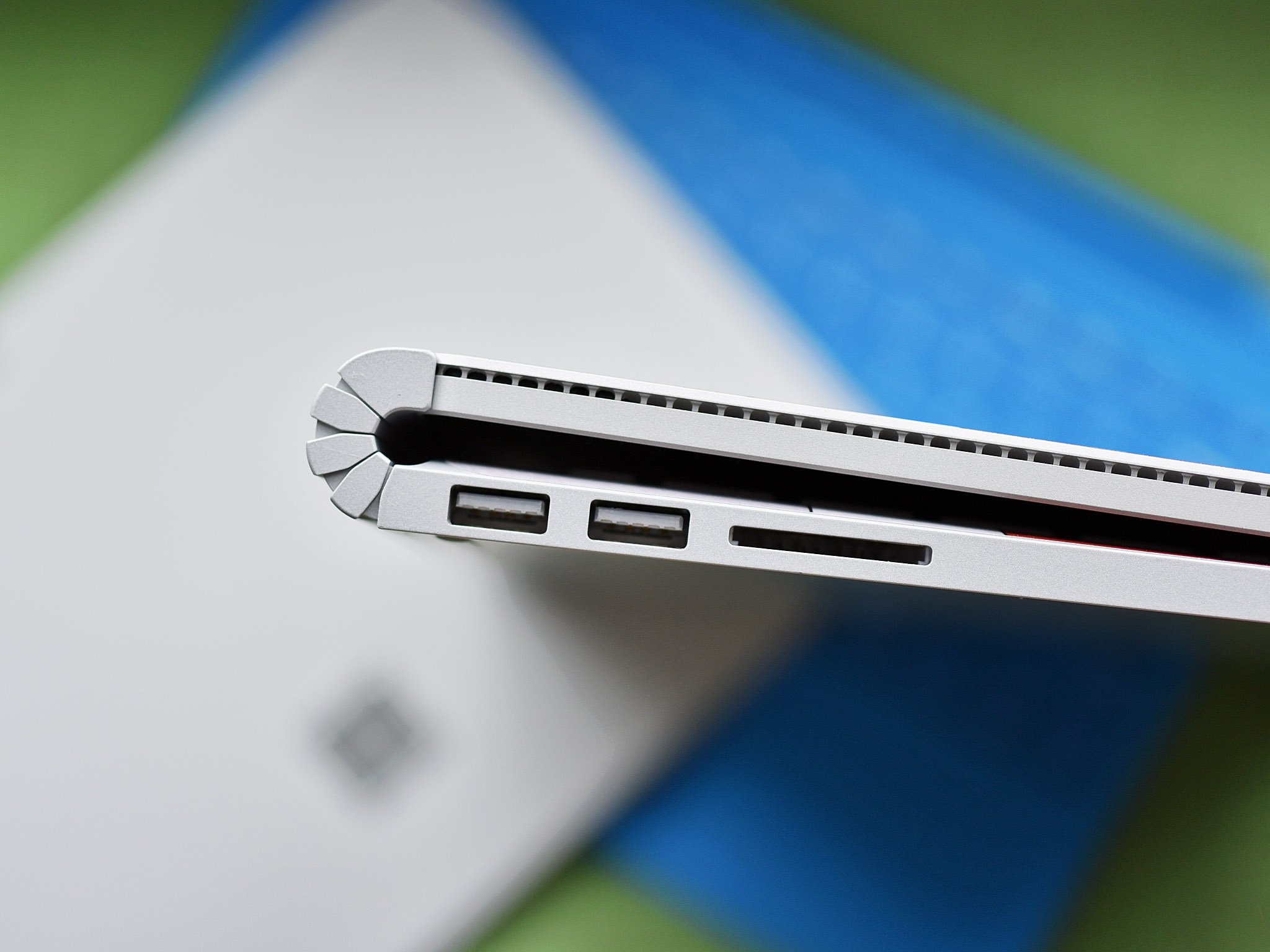
I feel as though the Surface line was always intended to be an example to be led, rather than the de-facto best solution for any Windows user. I can imagine Dell, HP, and other powerful OEMs wouldn't be particularly happy if the Surface Book could beat all of these devices on price, power, quality and price. The Surface Book's price point just makes it prohibitive for all but a small subset of users.
Still, there's something to be said for the Surface Book's gorgeous design, display, and unique versatility, but when it comes to pretty much every Windows feature outside of inking, you're better off picking up a Razer Blade HD or QHD.

Jez Corden is the Executive Editor at Windows Central, focusing primarily on all things Xbox and gaming. Jez is known for breaking exclusive news and analysis as relates to the Microsoft ecosystem while being powered by tea. Follow on Twitter (X) and Threads, and listen to his XB2 Podcast, all about, you guessed it, Xbox!
